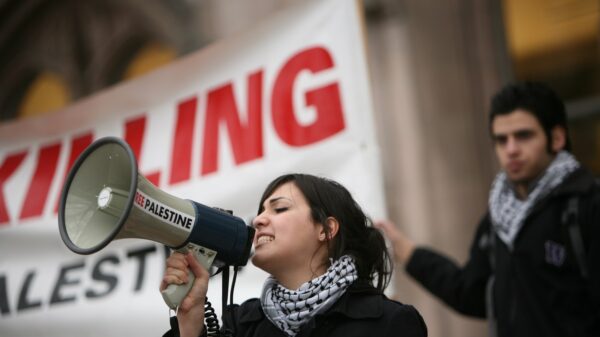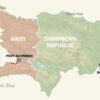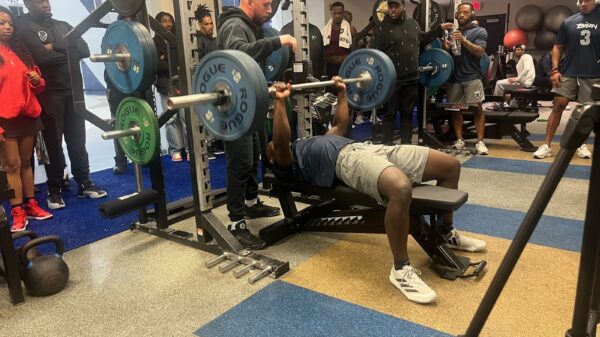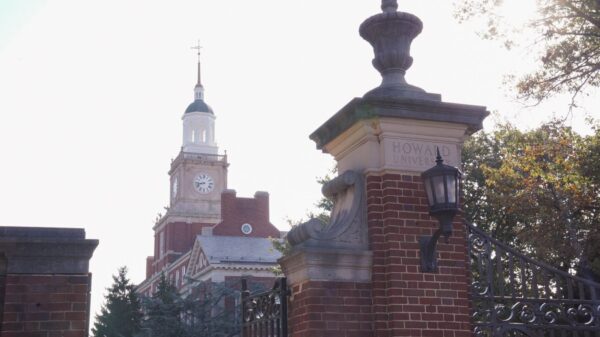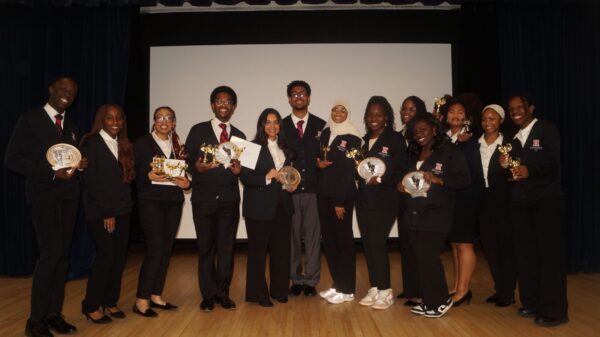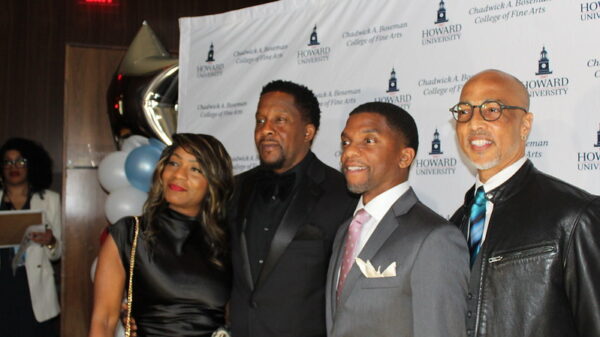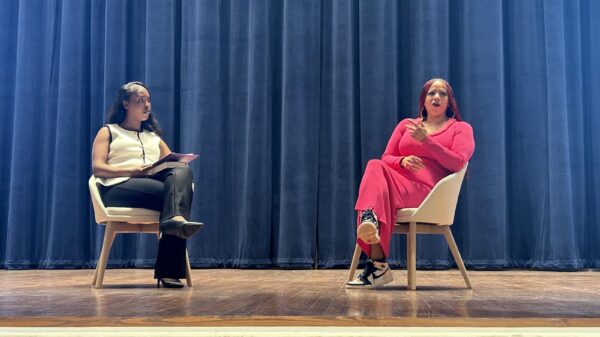Howard University announced the “East Towers Development” project which will be constructed in partnerships with real-estate companies Lowe, FLGA and Davenport Group.
The new complex would be 10 stories tall, contain 27,000 square feet of retail space for stores and help build 36,000 new homes for what will be a newly re-established “Duke District.”
The “Duke District” is a redevelopment plan that is looking to upscale local businesses and public-owned properties as well as residential areas, cultural facilities and transportation, according to D.C.’s Office of Planning. This re-establishment of the Duke community is a part of the comprehensive plan for the District of Columbia, which governs the future development of all of D.C. This plan lays out the structural evolution of the D.C. area with respect to different cultural, social and architectural timetables.
The Sept. 20 announcement detailed how, by 2025, this project will bring forth at least 500 new residential spaces along with 246 underground parking spaces and luxury amenities for Howard University students and community members to use. A primary amenity of the complex will include “an open courtyard/plaza space,” according to Interim Director of Public Relations Misha Cornelius. Cornelius stated that the design of interior elements is currently “under development.”
The new building will be located next to Howard Plaza Towers West and East on the plot of land that is currently being taken up by the McDonald’s and parking lot on the corner of Barry Place and Georgia Avenue. No information about the price of the project has been disclosed to any public source by the University or real-estate partners.
Derrek Niec-Williams is the Executive Director of Architecture and Design at Howard. He made clear that the East Towers Development is a market-driven development, not a student residence hall, meaning that no housing will be leased to students specifically.
“This project is very different by comparison from student housing specific projects that are called out in the Campus Master Plan, as those are marked 100 percent for students,” Niec-Williams said. The reason why, he explained, is because “…we’re trying to get value so that we can underscore and fund the construction of newer buildings on campus.”
Niec-Williams indicated that one of the project’s main goals is to provide affordable housing for anyone in the community, stating that the project “adds at least 50 to 100 affordable housing units that do not exceed 60 percent of the adjusted AMI (Area Median Income).”
“I don’t think you can point to another university in the United States that is committed to subsidizing the cost of housing for affordability,” he said.
Jada Sweeting, a 19-year old sophomore finance major at Howard University from Atlanta, Georgia, looks at the new development as a positive change, but questions the intentions behind it.
“I am happy that this will finally provide some sort of solution for the lack of housing and the problem of over enrolling at Howard University,” she said, “…However, I question how much Howard will prioritize this space being student-dominant and being an integral part of the community at Howard University rather than Howard-Shaw.”
However, some students see this project to have little downside.
Sophomore business management major Dylan Thomas, 19, said, “If there’s an ulterior motive I can’t see it right now. If you’re providing some type of housing that helps in serving the community, that’s a bottom line positive. Now, I’m from Houston so the price of housing here is atrocious, but if you’re providing housing to a school that needs it and affordable housing to a community, I’m not going to knock it.”
A real-estate developer working on the masterplan who preferred to remain anonymous, out of fear of his colleagues misinterpreting his opinion, gave his thoughts on how this project might play into gentrification.
He said, “What happens in all stages of humanity is birth, death and rebirth. If this is gentrification, it isn’t a bad one…and for me this removes some cultural significance for the near four decades I’ve inhabited Howard, I have vivid memories of tailgating at this McDonald’s that they are tearing down because of this project, however, there’s changes on campus all the time and it’s part of the process of progression.”
As someone who went to law school and grew up in the immediate D.C. area, he talked about how culturally significant this campus is to him, but the advancement of Howard will always be more important.
During the interview, Niec-Williams said, “Gentrification is a net trend and it’s sad, but Howard is subject to those trends… but that’s a part of the conversations that were having with developers of how their projects interface with the campus – across Georgia Avenue in particular.”
The East Towers Development project is in its early stages of development and as time goes on, more details of the project will be unveiled. The next steps of the project will soon be visible to the community, as well as Howard students, in anticipation of what is to come of the new Duke District.
Copy edited by Alana Matthew
[Correction: This article previously referred to Misha Cornelius as “Marsha Cornelius.” This spelling error has been updated.]



